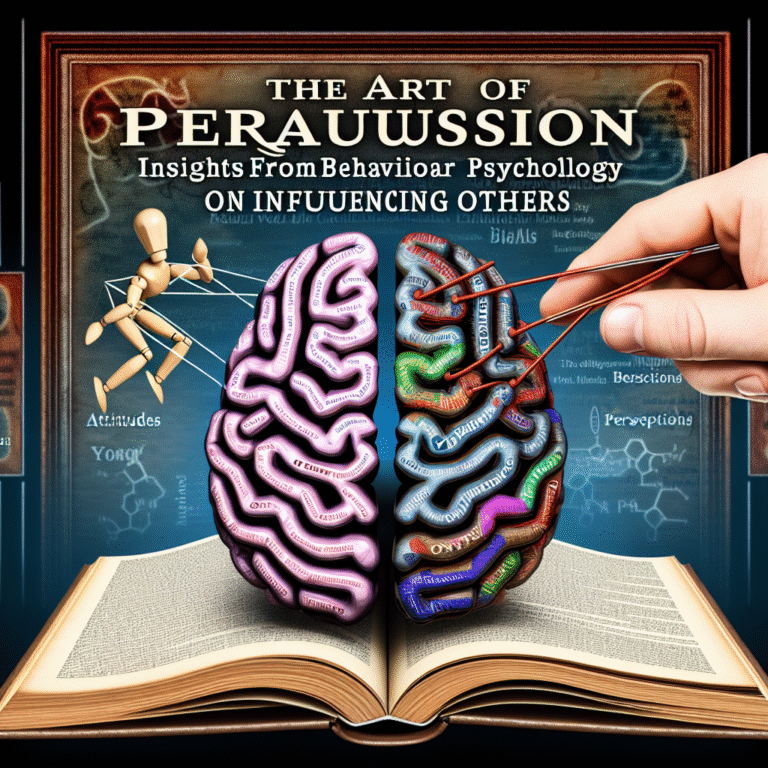
From Theory to Practice: The Essential Role of Behavioral Interventions in Autism Treatment Plans
Introduction
Imagine standing on the shores of a vast ocean, representing the potential of each child on the autism spectrum. For parents and practitioners alike, the question looms large: how do we navigate these waters to ensure children reach their fullest potential? The journey from theory to practice, particularly in the realm of behavioral interventions for autism, is not only essential but transformative. Behavioral interventions provide the guiding compass that can lead to meaningful changes in social, emotional, and cognitive domains of children with autism spectrum disorder (ASD).
As the prevalence of autism continues to rise, with one in every 44 children diagnosed in the U.S., understanding the pivotal role of behavioral interventions in treatment plans is vital. This article delves deep into this topic, exploring the intricacies of these interventions, real-world applications through case studies, and practical insights for families and professionals alike.
Understanding Autism Spectrum Disorder
Autism Spectrum Disorder is characterized by a range of challenges, including social communication difficulties and repetitive behaviors. Each individual with autism presents unique traits that can vary in severity, making personalized treatment plans crucial. The role of behavioral interventions, aimed at modifying socially significant behaviors, becomes fundamental in creating effective autism treatment plans.
What are Behavioral Interventions?
Behavioral interventions leverage principles of behavior analysis to bring about positive behavioral change. These interventions help in teaching functional skills, reducing problematic behaviors, and promoting social engagement. The evidence-backed approach often includes methods such as Applied Behavior Analysis (ABA), which utilizes structured techniques to improve a child’s ability to learn and interact.
Key Principles of Behavioral Interventions
Reinforcement: Positive reinforcement encourages desired behaviors by providing rewards following a behavior.
Prompting: This involves cues or hints to help a child perform a task or demonstrate a behavior.
Shaping: Gradually reinforcing steps toward a desired behavior helps ease a child into more complex tasks.
- Modeling: Demonstrating a behavior for a child to imitate fosters learning through observation.
As we explore how these principles are put into practice, it becomes clear why behavioral interventions are essential in autism treatment plans.
From Theory to Practice: Implementing Behavioral Interventions
Moving beyond theory requires understanding how to integrate behavioral principles into actionable treatment strategies. Here’s how practitioners can apply these specific interventions effectively.
Case Study 1: Early Intervention with a Toddler
Background: Jamie, a 3-year-old toddler diagnosed with ASD, exhibits limited verbal communication and struggles with engaging in play with peers.
Intervention Plan:
- Goal: Increase spontaneous verbalizations and parallel play.
- Techniques Used:
- Reinforcement: Jamie receives verbal praise and small rewards (stickers) for using words to express needs.
- Modeling: Parents model play scenarios with dolls to encourage Jamie to imitate.
Results: Within three months, Jamie moved from using primarily gestures to using simple phrases like "my turn" and "more," significantly enhancing his play interactions.
Relevance: This case emphasizes the importance of early behavioral intervention, illustrating successful improvements in communication and social skills, strongly supporting the premise of From Theory to Practice: The Role of Behavioral Interventions in Autism Treatment Plans.
Strengthening Social Skills in Adolescents
Behavioral interventions can also significantly enhance social skills in older children and adolescents.
Case Study 2: Social Skills Group for Teens
Background: Alex, a 15-year-old, feels isolated and struggles to form friendships due to difficulty reading social cues.
Intervention Plan:
- Goal: Develop skills to initiate conversation and engage in a group setting.
- Techniques Used:
- Social Scripts: The therapist provides a framework for common conversational exchanges.
- Group Reinforcement: Peers reward each other by providing positive feedback when successful interactions occur.
Results: Over six months, Alex was able to participate in a group project at school and initiated conversations with peers, showcasing increased confidence and social ability.
Relevance: This case demonstrates the actionable insights stemming from theory in the context of peer interaction, validating the critical importance of behavioral strategies in treatment development.
Data-Driven Insights on Behavioral Interventions
The effectiveness of behavioral interventions can also be captured through data representation. Table 1 below summarizes the key outcomes from a meta-analysis of various behavioral intervention studies for children with autism.
Table 1: Summary of Behavioral Intervention Outcomes
| Study | Intervention Type | Participant Age | Improvement Areas | Effect Size |
|---|---|---|---|---|
| A | ABA | 3-7 years | Communication | 1.2 |
| B | PEERS | 12-17 years | Social Skills | 0.9 |
| C | Early Intensive | 2-5 years | Overall Development | 1.5 |
Interpretation: An effect size greater than 0.8 indicates significant improvements, underscoring the proven effectiveness of behavioral interventions.
Overcoming Barriers to Implementation
Despite their effectiveness, the implementation of behavioral interventions often faces challenges. Here are a few common barriers and approaches to overcoming them:
Lack of Training: Many professionals may not have extensive training in behavioral strategies. Solution: Ensure ongoing professional development opportunities in evidence-based practices.
Resource Limitations: Therapy can be costly and resource-intensive. Solution: Utilize school systems and community resources to provide access to behavioral intervention specialists.
- Family Engagement: Families may struggle to understand or implement the strategies consistently. Solution: Provide clear communication, training sessions, and ongoing support for families.
Conclusion
The journey from theory to practice in autism treatment plans hinges on the effective application of behavioral interventions. By understanding the principles and methodologies behind these interventions, families and practitioners can significantly improve the lives of individuals with autism. As illustrated through compelling case studies and statistical evidence, the transformation is not just theoretical—it is deeply practical and impactful.
Encourage others to explore how behavioral interventions can be utilized effectively within their networks, reinforcing a community-driven approach to autism treatment. The next time you find yourself contemplating the potential outcomes for children with autism, remember that the compass guiding you through these turbulent waters is a structured, evidence-based intervention.
FAQs
1. What are the most common behavioral interventions used for autism treatment?
Common interventions include Applied Behavior Analysis (ABA), Cognitive Behavioral Therapy (CBT), and Social Skills Training.
2. How does reinforcement work in behavioral interventions?
Reinforcement strengthens desired behaviors by providing a reward following a behavior, making it more likely to occur again.
3. Are behavioral interventions only effective for young children?
No, behavioral interventions are beneficial across all ages as they can be adapted to suit the developmental level and specific needs of adolescents and adults.
4. How can parents support behavioral interventions at home?
Parents can reinforce targeted skills in everyday situations by using consistent language, prompts, and rewards as learned during therapy sessions.
5. What should I do if I am unsure about implementing these interventions?
Consult with a licensed behavior analyst or autism specialist for guidance tailored to your child’s specific needs and situation.
In closing, harnessing behavioral interventions effectively is a journey rooted in understanding and compassion. Engaging with each child’s unique path not only transforms lives but builds a better future for everyone on the spectrum.














